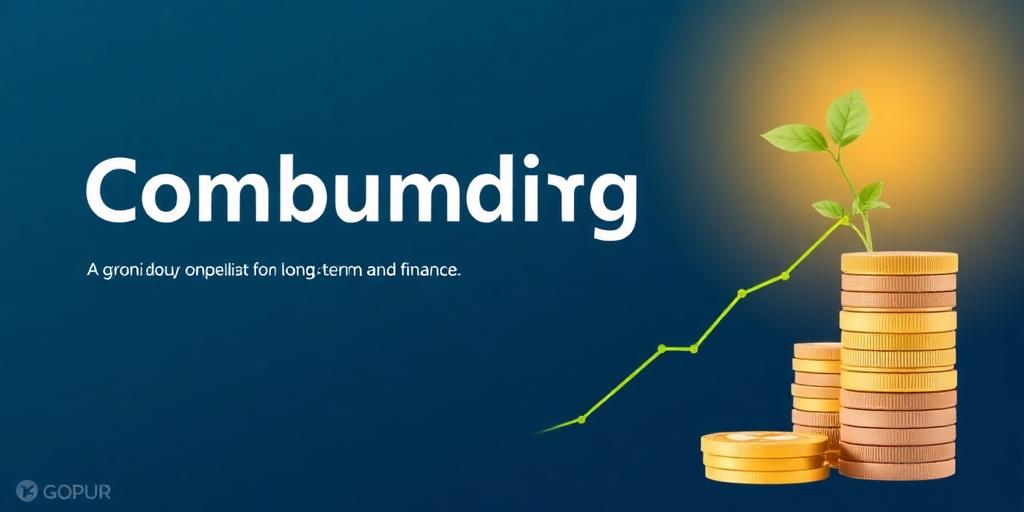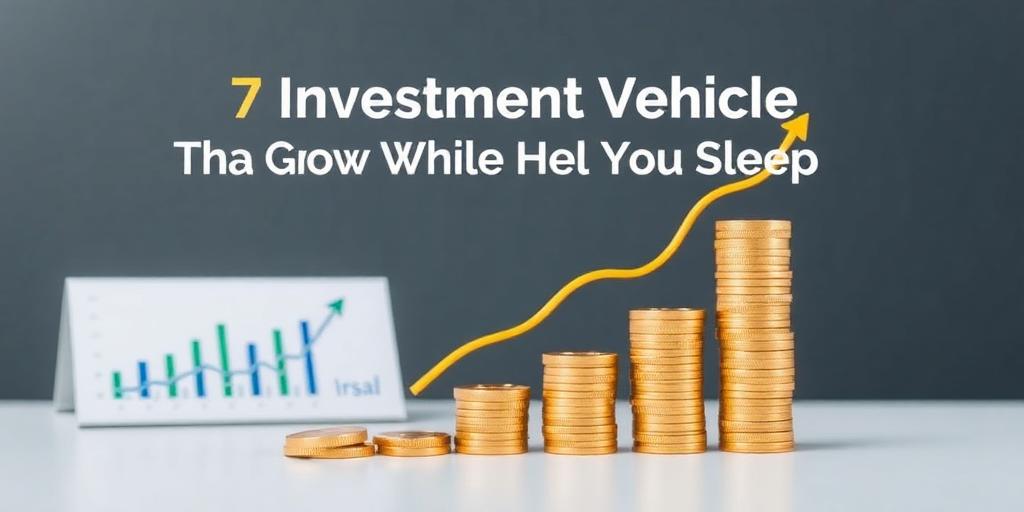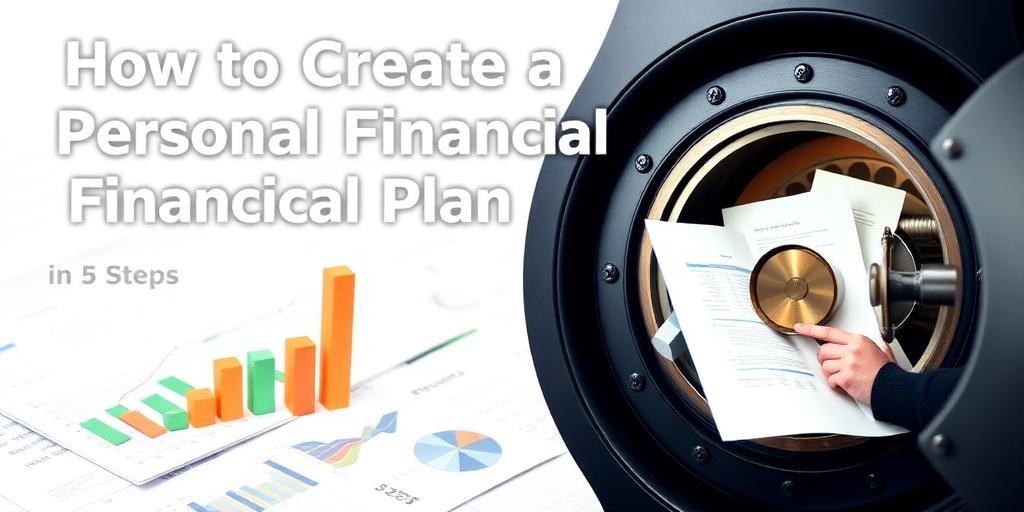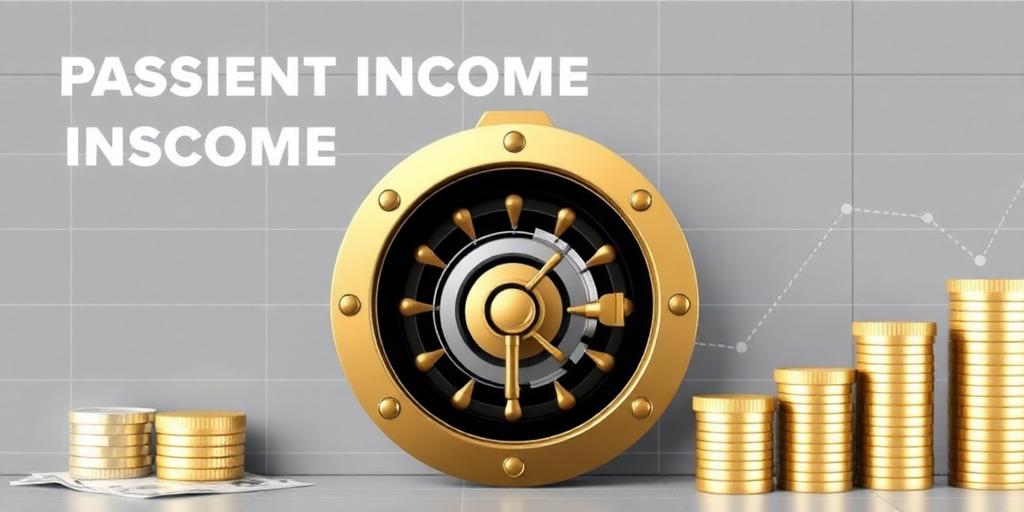The Power of Compounding: Start Small, Dream Big
In the realm of finance, few concepts are as powerful and transformative as compounding. Often hailed as the eighth wonder of the world, compounding is the process by which an asset's earnings, whether from capital gains or interest, are reinvested to generate additional earnings over time. This exponential growth can turn modest initial investments into substantial wealth over the long run.
Understanding the Mechanics of Compounding
The basic principle behind compounding is straightforward: earning interest on interest. When you earn interest on your initial investment (the principal), that interest is added back to the principal. In the next period, you earn interest not only on the original principal but also on the accumulated interest. This cycle repeats, leading to exponential growth.
To illustrate, consider an initial investment of $1,000 with an annual interest rate of 7%, compounded annually:
- Year 1: $1,000 + (7% of $1,000) = $1,070
- Year 2: $1,070 + (7% of $1,070) = $1,144.90
- Year 3: $1,144.90 + (7% of $1,144.90) = $1,225.04
As you can see, the amount of interest earned increases each year, thanks to compounding. The longer the investment horizon, the more significant the impact of compounding becomes.
The Role of Time
Time is a crucial element in the power of compounding. The longer your money is invested, the more opportunities it has to grow exponentially. This is why starting early is often emphasized in investment advice. Even small amounts invested consistently over a long period can yield impressive results.
Consider two individuals, Alice and Bob. Alice starts investing $5,000 per year at age 25, while Bob starts at age 35, investing the same amount. Both earn an average annual return of 8%. By age 65, Alice will have significantly more wealth than Bob, thanks to the extra decade of compounding.
Key Factors Influencing Compounding
Several factors can influence the effectiveness of compounding:
- Interest Rate/Return: Higher interest rates or investment returns lead to faster compounding.
- Frequency of Compounding: The more frequently interest is compounded (e.g., daily vs. annually), the faster the growth.
- Time Horizon: The longer the investment period, the greater the impact of compounding.
- Principal Amount: While compounding can work wonders with small amounts, a larger initial investment can accelerate the process.
Compounding in Different Investment Vehicles
Compounding is not limited to traditional savings accounts. It applies to various investment vehicles, including:
- Stocks: Dividends can be reinvested to purchase more shares, leading to compounding gains.
- Bonds: Interest payments can be reinvested to buy more bonds.
- Real Estate: Rental income can be reinvested to acquire more properties.
- Mutual Funds and ETFs: Returns are automatically reinvested, facilitating compounding.
Practical Strategies to Harness Compounding
- Start Early: Begin investing as soon as possible to maximize the time horizon.
- Be Consistent: Regular contributions, even small ones, can add up significantly over time.
- Reinvest Earnings: Always reinvest dividends, interest, and capital gains to take full advantage of compounding.
- Stay Patient: Compounding takes time, so avoid making impulsive decisions based on short-term market fluctuations.
- Seek Professional Advice: Consult a financial advisor to create a personalized investment strategy.
Conclusion
The power of compounding is a testament to the potential of long-term, disciplined investing. By understanding its mechanics and implementing practical strategies, individuals can harness compounding to achieve their financial goals and build lasting wealth. Start small, dream big, and let the magic of compounding work for you.









